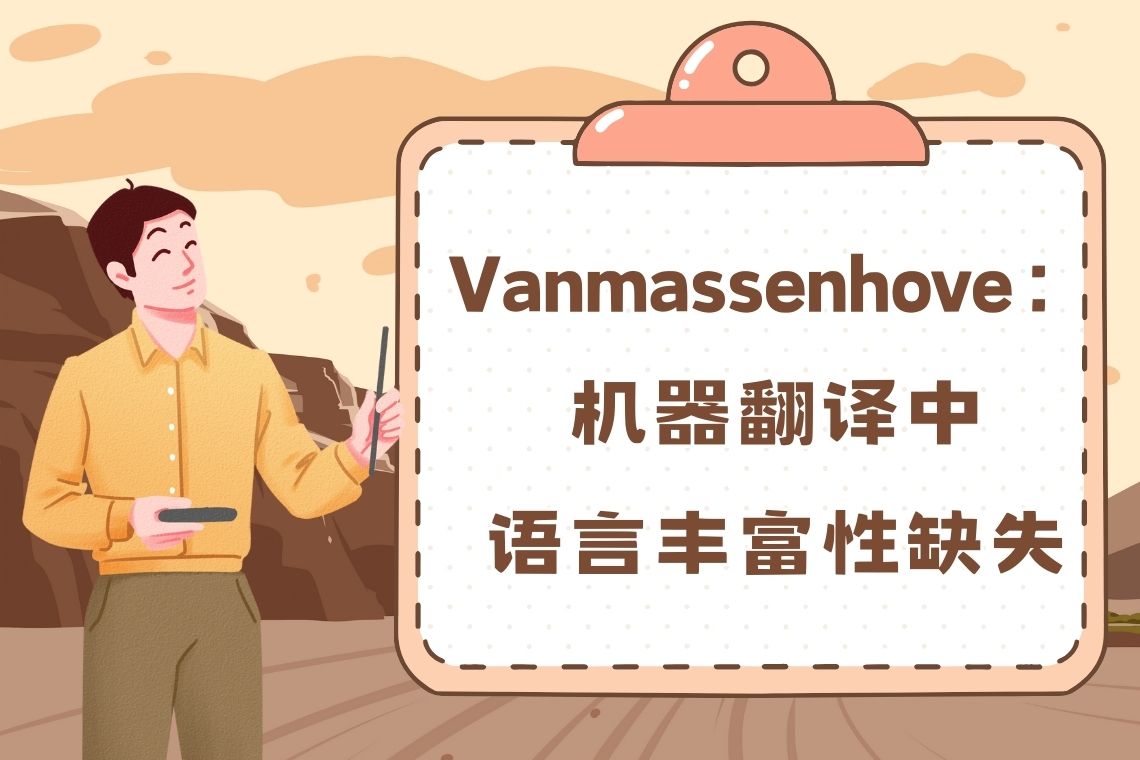
1. NMT 与 SMT 和 HT 在词汇丰富度或词汇丰富度损失方面的程度;2. 量化不同的 MT 架构在多大程度上有利于在训练数据中更常见的翻译




特别说明:本文仅供学习交流,如有不妥欢迎后台联系小编。
– END –
原文作者:张一孟
推文编辑:张一孟







特别说明:本文仅供学习交流,如有不妥欢迎后台联系小编。
– END –
原文作者:张一孟
推文编辑:张一孟

电话:15811379550
邮箱:yuxiang.ding@lingotek.cn